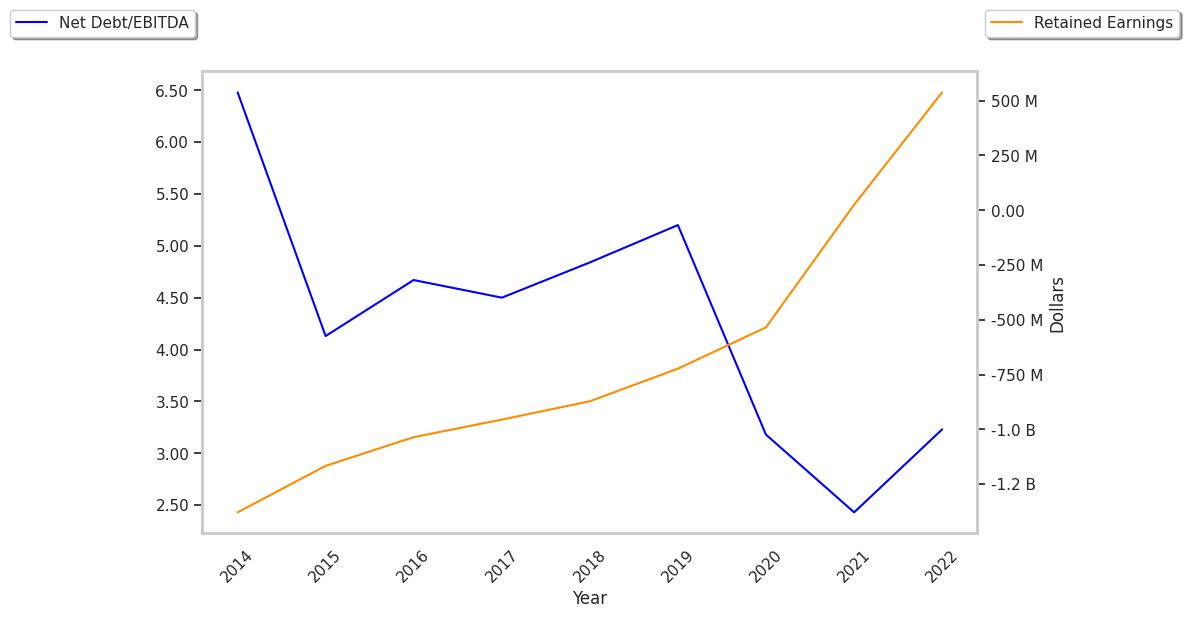One of Wall Street's biggest winners of the day is Catalent, a pharmaceutical company whose shares have climbed 9.5% to a price of $59.68 -- 20.1% above its average analyst target price of $49.69.
The average analyst rating for the stock is buy. CTLT may have outstripped the S&P 500 index by 9.0% so far today, but it has lagged behind the index by 39.3% over the last year, returning -18.6%.
Catalent, Inc., together with its subsidiaries, develops and manufactures solutions for drugs, protein-based biologics, cell and gene therapies, and consumer health products worldwide. The company is categorized within the healthcare sector. The catalysts that drive valuations in this sector are complex. From demographics, regulations, scientific breakthroughs, to the emergence of new diseases, healthcare companies see their prices swing on the basis of a variety of factors.
Catalent does not release its trailing 12 month P/E ratio since its earnings per share of $-5.61 are negative over the last year. But we can calculate it ourselves, which gives us a trailing P/E ratio for CTLT of -10.6. Based on the company's positive earnings guidance of $1.6, the stock has a forward P/E ratio of 37.3.
The P/E ratio is the company's share price divided by its earnings per share. In other words, it represents how much investors are willing to spend for each dollar of the company's earnings (revenues minus the cost of goods sold, taxes, and overhead). As of the first quarter of 2023, the health care sector has an average P/E ratio of 30.21, and the average for the S&P 500 is 15.97.
CTLT’s price to earnings ratio can be divided by its projected five-year growth rate, to give us the price to earnings, or PEG ratio. This allows us to put its earnings valuation in the context of its growth expectations which is useful because companies with low P/E ratios often have low growth, which means they actually do not present an attractive value.
When we perform the calculation for Catalent, we obtain a PEG ratio of 2.44, which indicates that the company is overvalued compared to its growth prospects. The weakness with PEG ratios is that they rely on expected growth estimates, which of course may not turn out as expected.
Catalent's financial viability can also be assessed through a review of its free cash flow trends. Free cash flow refers to the company's operating cash flows minus its capital expenditures, which are expenses related to the maintenance of fixed assets such as land, infrastructure, and equipment. Over the last four years, the trends have been as follows:
| Date Reported | Cash Flow from Operations ($ k) | Capital expenditures ($ k) | Free Cash Flow ($ k) | YoY Growth (%) |
|---|---|---|---|---|
| 2023 | 254,000 | 235,000 | 19,000 | 108.6 |
| 2022 | 439,000 | 660,000 | -221,000 | 12.65 |
| 2021 | 433,000 | 686,000 | -253,000 | -873.08 |
| 2020 | 440,000 | 466,000 | -26,000 | -186.67 |
| 2019 | 248,000 | 218,000 | 30,000 | -84.85 |
| 2018 | 374,500 | 176,500 | 198,000 |
- Average free cash flow: $-42166666.7
- Average free cash flown growth rate: -30.1 %
- Coefficient of variability (lower numbers indicating more stability): 228.36 %
Free cash flow represents the amount of money that is available for reinvesting in the business, or for paying out to investors in the form of a dividend. With a positive cash flow as of the last fiscal year, CTLT is in a position to do either -- which can encourage more investors to place their capital in the company.
Value investors often analyze stocks through the lens of its Price to Book (P/B) Ratio (market value divided by book value). The book value refers to the present value of the company if the company were to sell off all of its assets and pay all of its debts today - a number whose value may differ significantly depending on the accounting method.
Catalent has a P/B ratio of 2.8. This indicates that the market value of the company exceeds its book value by a factor of more than 2, but is still below the average P/B ratio of the Health Care sector, which stood at 4.08 as of the first quarter of 2023.
Catalent is by most measures overvalued because it has a negative P/E ratio., no published P/B ratio, and negative cash flows with a downwards trend. The stock has poor growth indicators because it has a no PEG ratio and no published profit margins with a unknown rate of growth. We hope you enjoyed this overview of CTLT's fundamentals.



